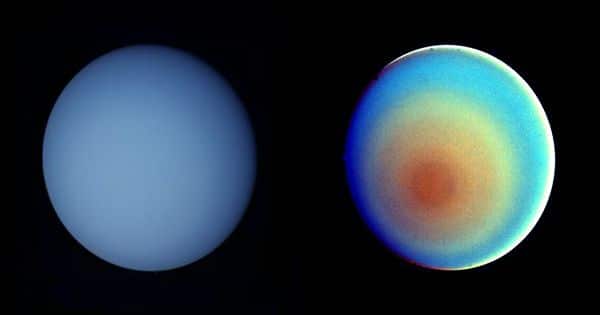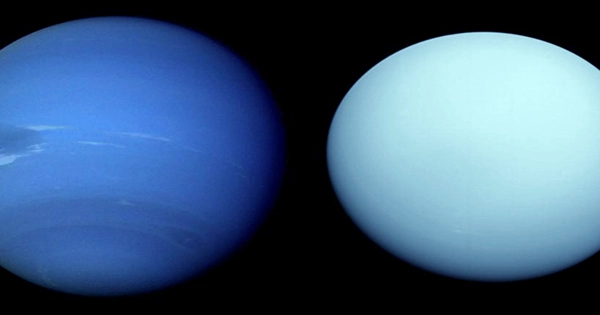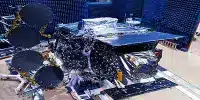In a Perspectives article for the journal Science, planetary scientist Kathleen Mandt of Johns Hopkins University’s Applied Physics Laboratory argues that NASA ought to dispatch a special probe to the planet Uranus. She mentions that a window for the launch of such a probe is emerging in 2032.
Mars has received far more attention from planetary scientists than any other planet, in part because of its closeness and in part because it has a surface that can support landings. On the other hand, planets with thick atmospheres are more challenging to study, particularly if there is nowhere to land.
However, Mandt contends that such study is crucial. Additionally, she continues, a smart place to start would be to start developing a probe to study Uranus. The next suitable window for launching a Uranus probe would be in 2032, when Jupiter’s alignment with Earth will enable a slingshot maneuver toward Uranus, the author continues, so now would be a good time to start making such plans. Even the probe’s moniker is suggested by her: the Uranus Orbiter and Probe (UOP).

Because of its 90-degree tilt with respect to its orbital route, which makes it appear to be rolling along a plane, Uranus is known as the “odd duck” of the solar system. As the world orbits the sun once every 84 years, the tilt also causes it to experience extreme seasonal variation. Additionally, it causes cloudy and hazy views from Earth, which is not very helpful for scientific endeavors. The only craft to visit Uranus was Voyager II in 1986, and it only passed through on its route to Neptune.
Helium and hydrogen, the two heavy elements that make up the majority of Uranus’ atmosphere, are what make it an icy giant. Additionally, it has 27 moons that follow the planet’s peculiar inclination and orbit it. Additionally, Mandt notes that Uranus has “strange bands.”
NASA needs to put a probe into a stable orbit around the planet because there isn’t much else that is known about it, according to the author. The probe would establish the true makeup of the planet’s atmosphere, whether it has a rock or ice core, and perhaps even why it has such an odd tilt. It might also aid research projects aimed at understanding how ice giants develop.













